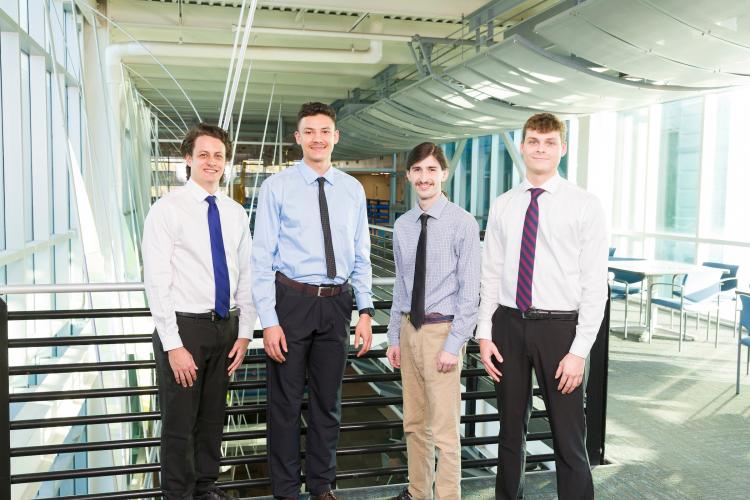
Our goal was to design an experiment to measure the effects of nozzle size on crater formation on the moon. When landers touch down on objects in space, the jet exhaust interacts with the surface of that object. Understanding how different nozzle sizes affect crater formation will allow us to better document this interaction. The surfaces of these objects are often made of small rocks and sand, so predicting the reaction between the jet and the surface will help us guide procedures when landing rockets.
To simulate and study this reaction, we designed an experiment to shoot a jet at a sand bed and record the crater formation. By splitting the jet over a see-through wall, we created half of a crater and measured it with a camera on the other side of the sand bed. We set up the experiment to allow for an interchangeable nozzle and variable height to enable testing of different nozzle sizes. The jet itself also needed to reach speeds faster than the speed of sound, which made the stability of the setup more important. We also designed an open setup to minimize how much sand bounces off the walls and returns to the crater.
Using this data, aerospace organizations can understand of the expected cratering effects when landing a rocket on objects in space, which further reduces risk when landing spacecraft.
